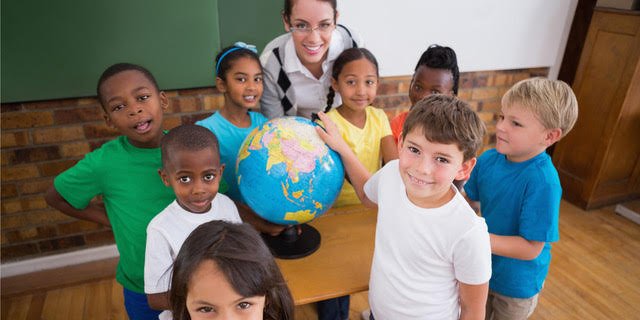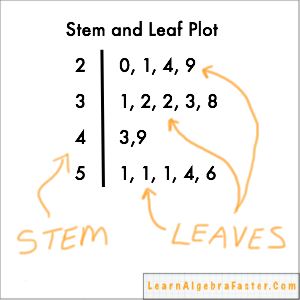

Think about when your little one has a bath. Placing the mixture in the oven and watching it rise = Science Was the recipe from a book or was it from an online source? = Technology Using senses to see, touch, smell, taste and hear = Science Mixing different ingredients and observing the outcome = Science How are we going to get the eggs out of their shell? = Engineering Think about all of the STEM moments that were happening:Īdding a cup of flour / oil / water = Maths (capacity and volume)Īdding an ingredient one by one, such as three eggs = Maths (numbers, counting and one-to-one correspondence) Have you ever cooked with your child at home or with children in the classroom? So how do you incorporate STEM into your little one’s world? You may be surprised to realise that you are probably already doing this every day. Think building resilience in kids to create resilient adults). The focus on STEM in early childhood has grown dramatically over the years with the rise of technology and an increased understanding of the importance of these areas for life and careers of the future (think problem solvers, explorers, creative thinkers. Well, STEM refers to the integrative exploration of Science, Technology, Engineering and Mathematics. What exactly is it? How do I incorporate it into my curriculum planning or home? What resources do I need to help me do this? The new additions include: a critiquing checklist additional vodcasts from the original project reflective podcasts and a new F-2 Illustration of practice.The term ‘STEM’ is often a grey area for educators and parents alike.

This searchable database connects parents, students and teachers with their local and online STEM activities in real time.įurther work on STEM Connections has been undertaken as part of ACARA’s Digital Technologies in focus project. The STARportal is Australia’s national portal for exciting and engaging STEM activities from around the country.

You will find a link to the STARportal below. As engineering is addressed across the curriculum through Science, Technologies and Mathematics and in a dedicated content description focusing on engineering principles and systems at each band in Design and Technologies, content relating to engineering is identified under the most appropriate Australian Curriculum learning area for each project. While annotations for work samples have been identified as one or other of the Australian Curriculum STEM learning areas (Science, Technologies, Mathematics), it is important to note that the skill is often developed in all three. The interdisciplinary nature of STEM in these projects is evident. The illustrations of practice explore the experiences of five of the participating schools and the work samples provide examples of integrated STEM tasks. The STEM Connections report, illustrations of practice and work samples available on this page are products of the project. While the project was implemented before the publication of the National STEM School Education Strategy, it addressed the strategy’s first goal and, in part, each of the strategy’s five key areas for national action. In collaboration with the Australian Association of Mathematics teachers, ACARA supported 13 schools from around the country to develop an integrated STEM project that had its basis in the real world and incorporated the Australian Curriculum learning areas of Mathematics, Science and Technologies.


 0 kommentar(er)
0 kommentar(er)
